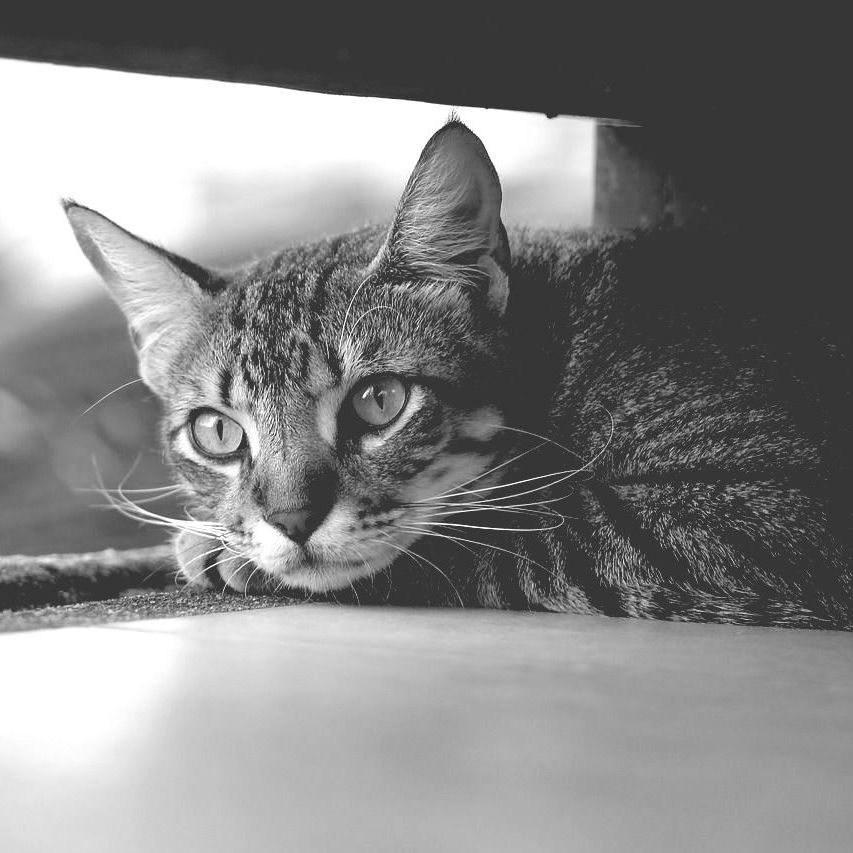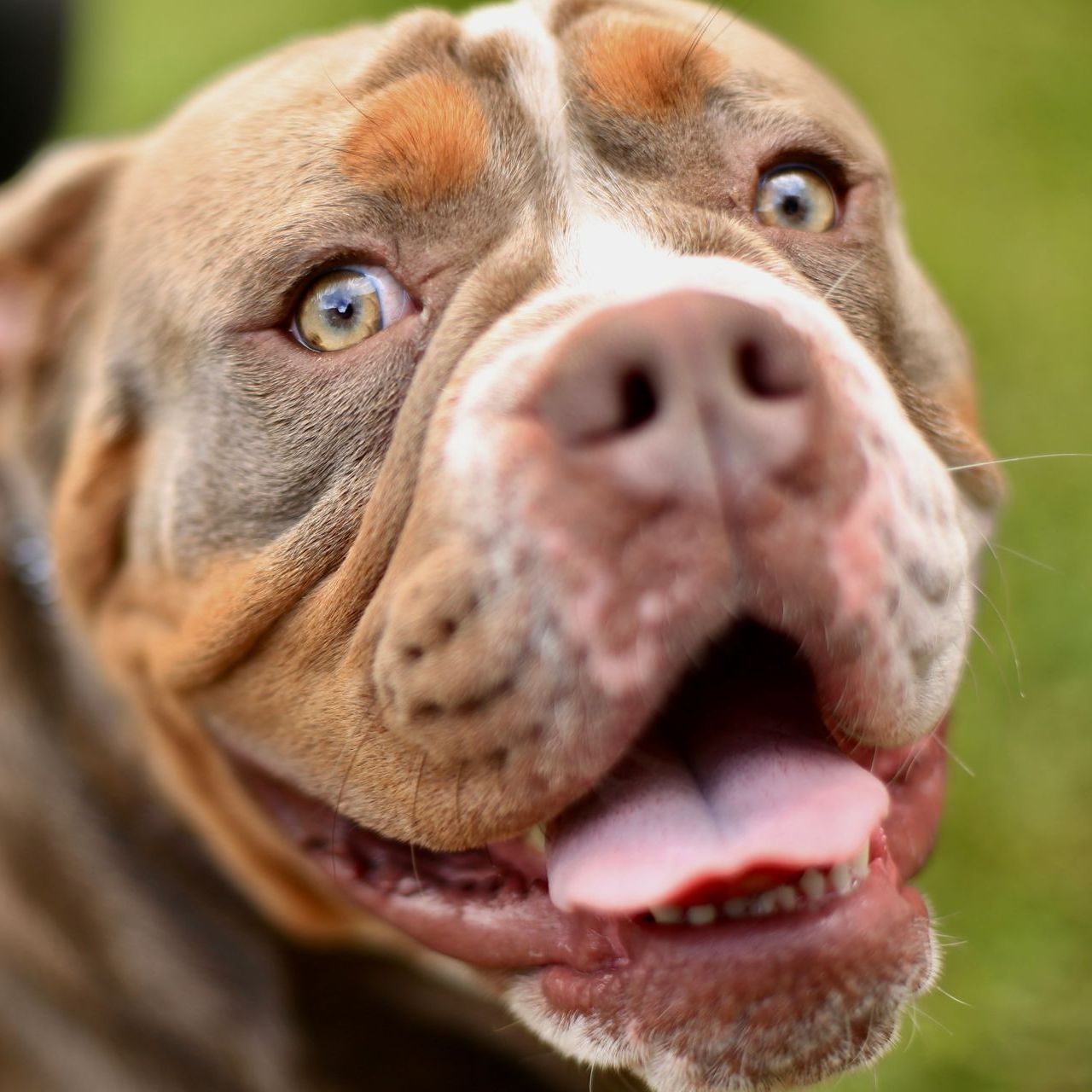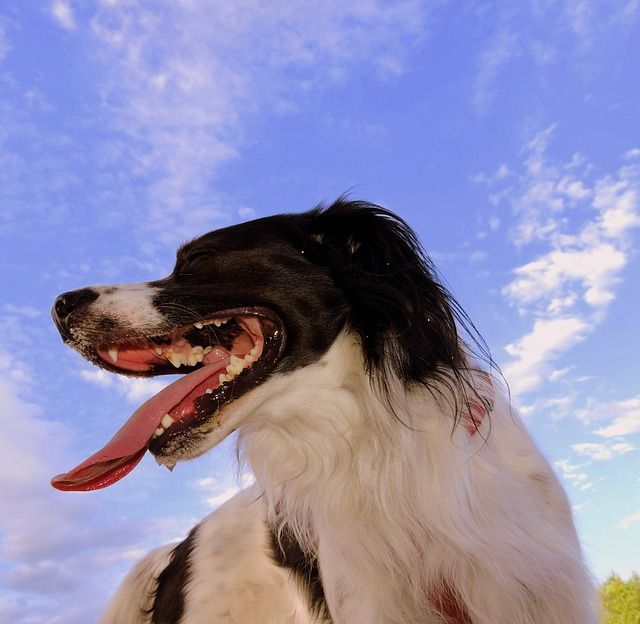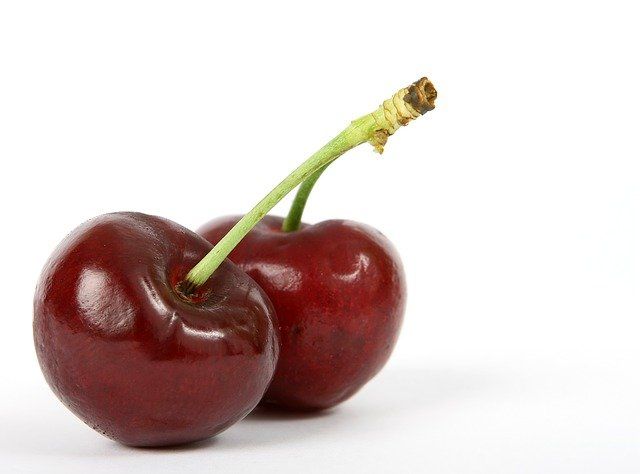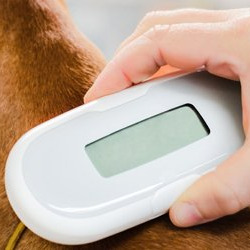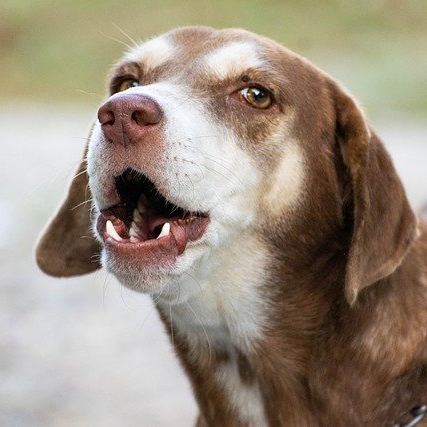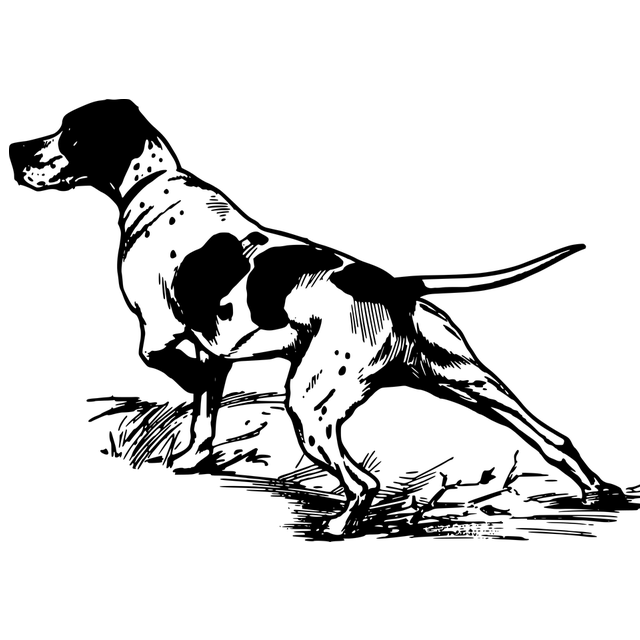
Visit Our Online Shop
Follow Us
Animals in War
They served too...
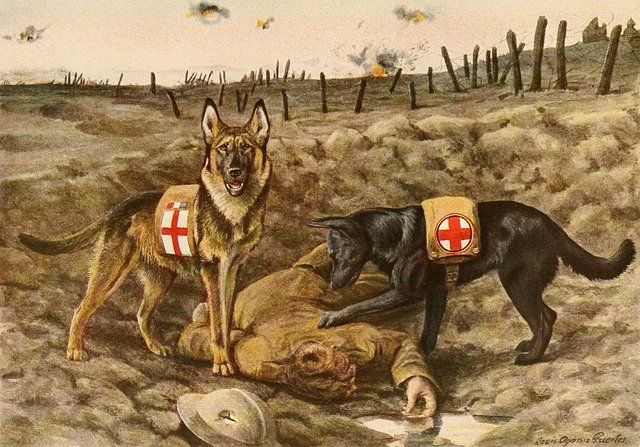
1914 and the World is at War. It is hailed as the bloodiest conflict of human history. Statistics are varied, but it is estimated that nine million service personnel were killed in the conflict, and over twenty million injured. Millions more died in the trenches from disease or went missing. Civilian deaths numbered in the tens of millions, although the true numbers will probably never be known.
The conflict lasted four years and changed the socioeconomic landscape of Great Britain forever, and for most people both domestic and serving, their lives would never be the same again. Along with the human cost, some eight million horses, donkeys, and mules and one million dogs also perished in the first world war, along with many hundreds of smaller animals, their suffering equally as great as the men and women they served alongside of.
Horses
Horses, donkeys, and mules were the life blood of the cavalry. Technologies and firearm capabilities were rapidly expanding, and the sort of weaponry now gracing the battlefields of the early 20th century, brought unprecedented carnage and destruction to anyone or anything that stood in its way. It was clear that horses were no match for the awesome destructive power of machine guns, heavy weapons, and fortresses of barbed wire, but despite this, generals at the Somme, still nostalgic for the era of the cavalry charge, ordered men and horses into the firing line with devastating consequences. In 1918 at the battle of Moreuil Wood, 150 horses were sent into battle against the German machine guns, only 4 survived.
The British Army had recruited both working animals and family pets from the civilian population. The minimum height requirement for a horse was fifteen hands, and they were selected on breed type and capabilities, with heavier horses favoured over lighter thoroughbred types, as they were considered hardier and more capable of harder work. Conscription was compulsory unless an owner could prove a horse served an essential public service such as food delivery or agriculture where no viable alternative existed to replace it, and even then, many farmers had to lobby the government to be allowed to keep their animals.
The life of a war horse was brutal. Many died before even reaching the battlefields due to poor conditions on the ships that transported them to Europe. Sickness and dehydration were commonplace, overcrowding caused injuries from falling or being kicked. Transporter ships were often targeted by torpedoes or attacks from aircraft resulting in sinking of the carrier ships and consequential loss of all on board, both human and animal. Those not killed in frontline action were often subjected to horrendous living and working conditions alongside the soldiers they served.
Many succumbed to disease due to lack of appropriate food and incorrect animal husbandry. Conditions such as colic, mud fever, laminitis and rain scald were common, and horses regularly suffered infections from dirty wounds and non-healing injuries. Horses, donkeys and mules were heavily relied upon for transportation and supplies, as they could tackle terrain that was impassable by vehicles and were a crucial lifeline to men in the trenches to bring them supplies, food and arms. Their payloads were often well in excess of what they could haul. Animals, weak with malnutrition or illness would collapse, unable to regain their feet, they would be shot where they lay. Horse meat was a common food source for hungry soldiers, especially when food was in short supply.
Only around 6% of the horses conscripted from the UK to the war effort returned after the war. Repatriation of horses was deemed too costly, and soldiers were forced to abandon the animals they had become so attached too. Some took it upon themselves to humanely despatch them to save them from the butcher’s knife, but most were either abandoned in fields where they died of their injuries and starvation or were sold to slaughterers. For the few that did return, many were severely traumatised by their experiences or suffered long term lameness, injury or ill health due to gas exposure. Psychological trauma was not commonly recognised or acknowledged in either men or animals in the early part of the 20th century, and traumatised animals were just considered as ‘mad’ and were duly shot.
The role of the horse in the cavalry today is primarily a ceremonial one, although they are still trained in formation riding and duties such as working in harness at speed. Even sports horses of today owe their beginnings to the warhorse, as it was the cavalry that first introduced disciplined riding which formed the foundation of dressage as we know it today. Show jumping and cross country were also borne from the skills of the warhorse as cavalry men competed at challenges to show whose horses were the bravest and could jump the highest, skills that trained them for the battlefield. In the UK, modern day horses are kept primarily for competition and racing, with a large number of horses now kept for leisure and companionship; their use in agriculture and transportation having long since been replaced by motor vehicles and machinery. The only horses regularly seeing active duty today are police horses, who are used primarily for crowd control or to police areas inaccessible by motor vehicle.
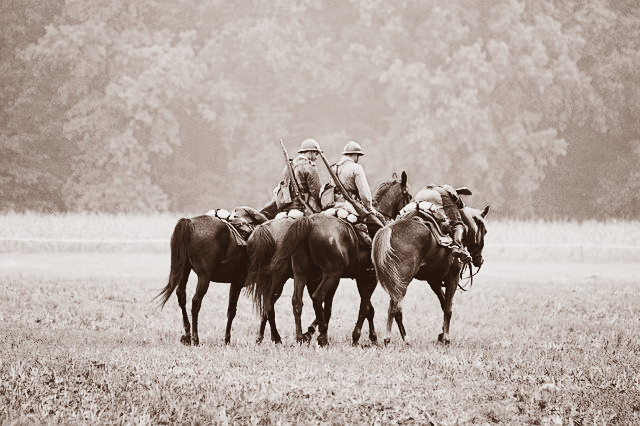
Dogs
Long regarded as man’s best friend, the dog was not only companion and friend, but guardian, rescuer and messenger to the men in the trenches. Intelligent and faithful, canines were deployed in a number of rolls such as transporting medical supplies to the wounded in the battlefield, carrying messages from communication trenches to outposts, bringing in post and food rations in small carts over terrain cut off from flooding and mud that had been made impassable even on horseback. Dogs acted as guardians, warning of approaching danger, sniffing out explosives and defending trench lines against enemy insurgents. They also kept vermin down by killing rats. Scouting dogs accompanied soldiers on foot patrols and reconnaissance missions. These individuals were very calm in nature and were trained to work in silence. Often able to detect the enemy up to 1,000 feet away, these dogs would signal danger by standing still, stiffening their body posture and hold their tails out straight, similar to working dogs today who ‘point’ in the sports field.
Dogs were a constant source of companionship to the terrified men of the trenches and even provided a source of warmth to the lonely night watchman keeping vigil at dawn and dusk ‘stand to’, the name given to the time of day when patrols stood watch for enemy activity. Mascot dogs were used in ceremonies and were often the pride of the battalion, but far from being purely for show, these individuals were selected for their docile nature and gentleness. These dogs were trained to provide comfort to injured and traumatised soldiers, who were grateful for the distraction from the horrors of warfare. Dogs today fulfil similar rolls in hospitals and care homes, or to people rehabilitating from illness, and even though dogs are far less likely to see frontline combat today, they still work to provide therapy to returning war veterans suffering from post-traumatic stress disorder as a result of combat.
Dogs lived in the same conditions as the men, often their diets were poor, and like the men were susceptible to infestations of lice and fleas carried by rats. Weils disease, or Leptospirosis as it is correctly known, is transmitted in rat urine and affects both dogs and humans and is recorded as having been present in the trenches on the Western Front. It is easily preventable in dogs today by vaccination, but during that time, vaccines had yet to be invented, meaning that dogs would have almost certainly succumb to the disease and sadly, would have themselves, become a source of infection to their masters. Forced to live in unsanitary conditions both dogs and soldiers would have inevitably shared bacterial infections common to both.
Dogs were often victims of landmines and trip wires as they worked taking messages to and from command posts. Those that did survive were often severely injured, and loss of limb was common. Some dogs underwent surgery to treat their injuries, but all too often, injuries from landmines, sniper bullets and shrapnel meant that many dogs were inevitably shot by their handlers to prevent further suffering. This left huge emotional scars on the men whose companionship they relied on.
Many dogs were deemed surplus to requirement when the war ended, and orders were to destroy them. Some soldiers managed to bring their companions home, a select few were granted permission to return, for the rest, they were often secretly smuggled aboard transport lorries and boats.
Thankfully, although dogs do still serve in the military today, their welfare is paramount. Their job is not without risk, as dogs are still used to sniff out explosives, but increasingly, advances in technology means our canine friends are much less likely to be put in harm’s way. Dogs still work today in search and rescue, the police, crime detection and border control and increasingly in medicine and in service to the disabled, but mostly as our companions.
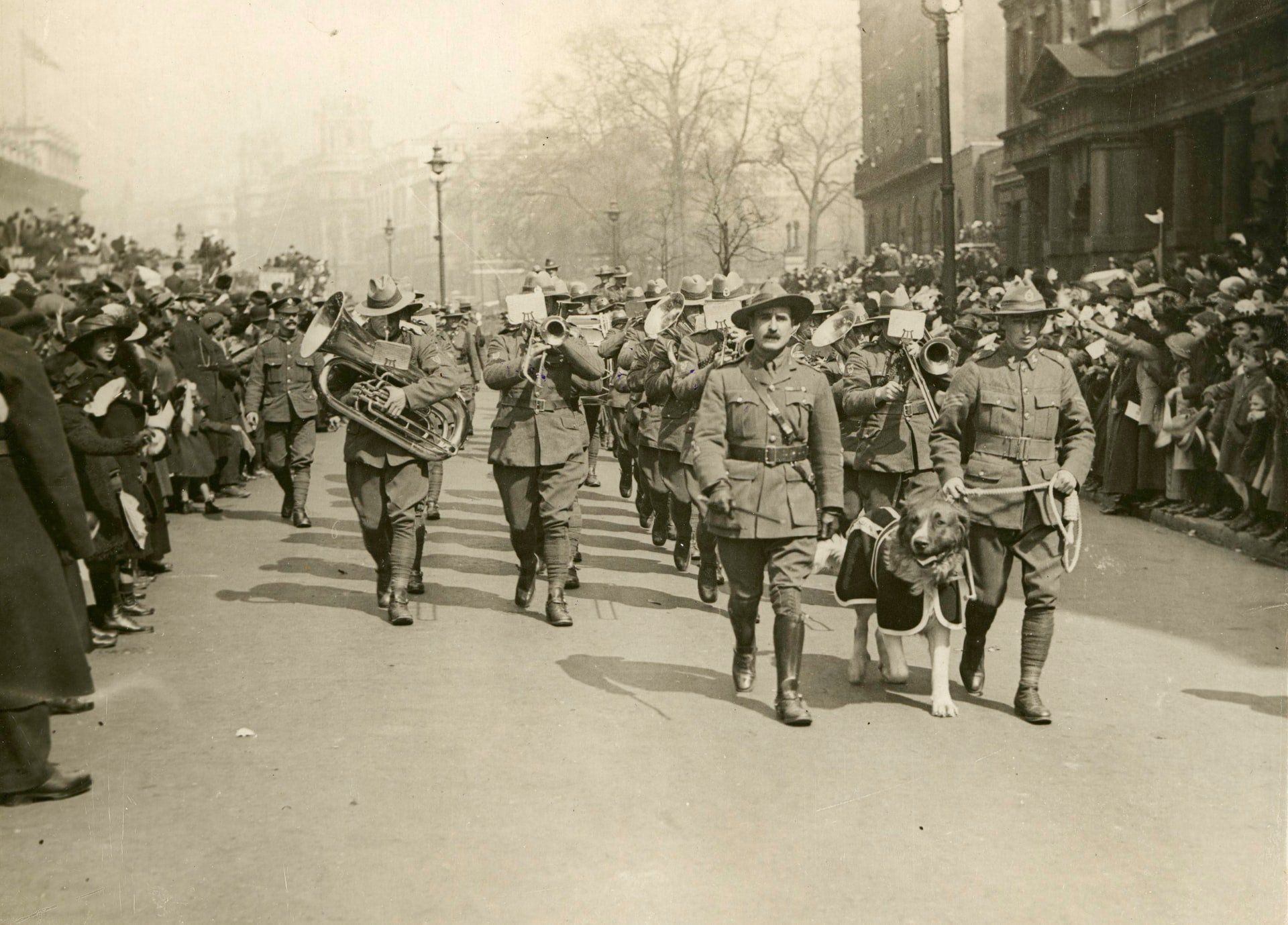
Birds
Birds played a crucial role in both the first and second world war. During the First World War 100,000 homing pigeons were used to carry messages from the allies and were crucial to communications. At a time when sabotage and interception of telephone and coded messages by the enemy were a daily occurrence, the homing pigeon became the fastest, most effective method of messaging. Because of their size, their speed and the heights they flew at, pigeons made difficult targets to hit. Their success rate was over 95%. These animals were highly prized and worth a lot of money. To harm or kill a homing pigeon was a criminal offence and perpetrators faced a hefty fine or a six-month jail sentence for harming or killing a pigeon. In the second world war, thirty-two birds were given medals for distinguished service. Each animal was named, ringed and had its own service record. Many animals showed quite extraordinary feats of achievement arriving at their destinations often badly injured or maimed, many succumb to their injuries. Special transport boxes were made to ensure maximum safety when transporting the birds to the front.
Homing pigeons today are used almost entirely for racing, and much of their contribution to the success of both wars has been forgotten, now superseded by advances in technology and communication. The contribution of the humble homing pigeon is documented with an exhibit at Bletchley Park, the home of wartime intelligence of the second world war.
A little thought of contributor to the war effort is the canary. The small bird did not occupy nearly such a prestigious place as the homing pigeon, and yet it’s contribution to the war is one that should never be underestimated or forgotten. Whilst war in the trenches raged on the Western Front, below ground, battles no less intense than those above ground raged in tunnel wars. Tunnels were dug to undermine enemy positions by blowing up trench lines and strategic strongholds. Tunnel collapses were common, and one of the biggest dangers faced by miners from underground explosions and cave in’s, was gases, lethal pockets of methane and carbon monoxide. Odourless and colourless gases proved fatal to the men and the rescue teams sent in to retrieve them. Canaries were constant companions as men dug, their sensitivity to low oxygen levels served as an early warning system to tunnellers that they needed to put on gas masks or leave the area. In rescue missions, they were lowered into shafts and gangways to test the air before sending in men to rescue stranded miners. The birds were suspended in cages for up to 5 minutes. If the birds came up alive, the air was good, and it was safe to send men in. Thankfully, canaries are no longer used to test for poisonous gases, and now occupy a place in our affections as pets, but they are often forgotten about when people think of animals who served and died in the First World War.
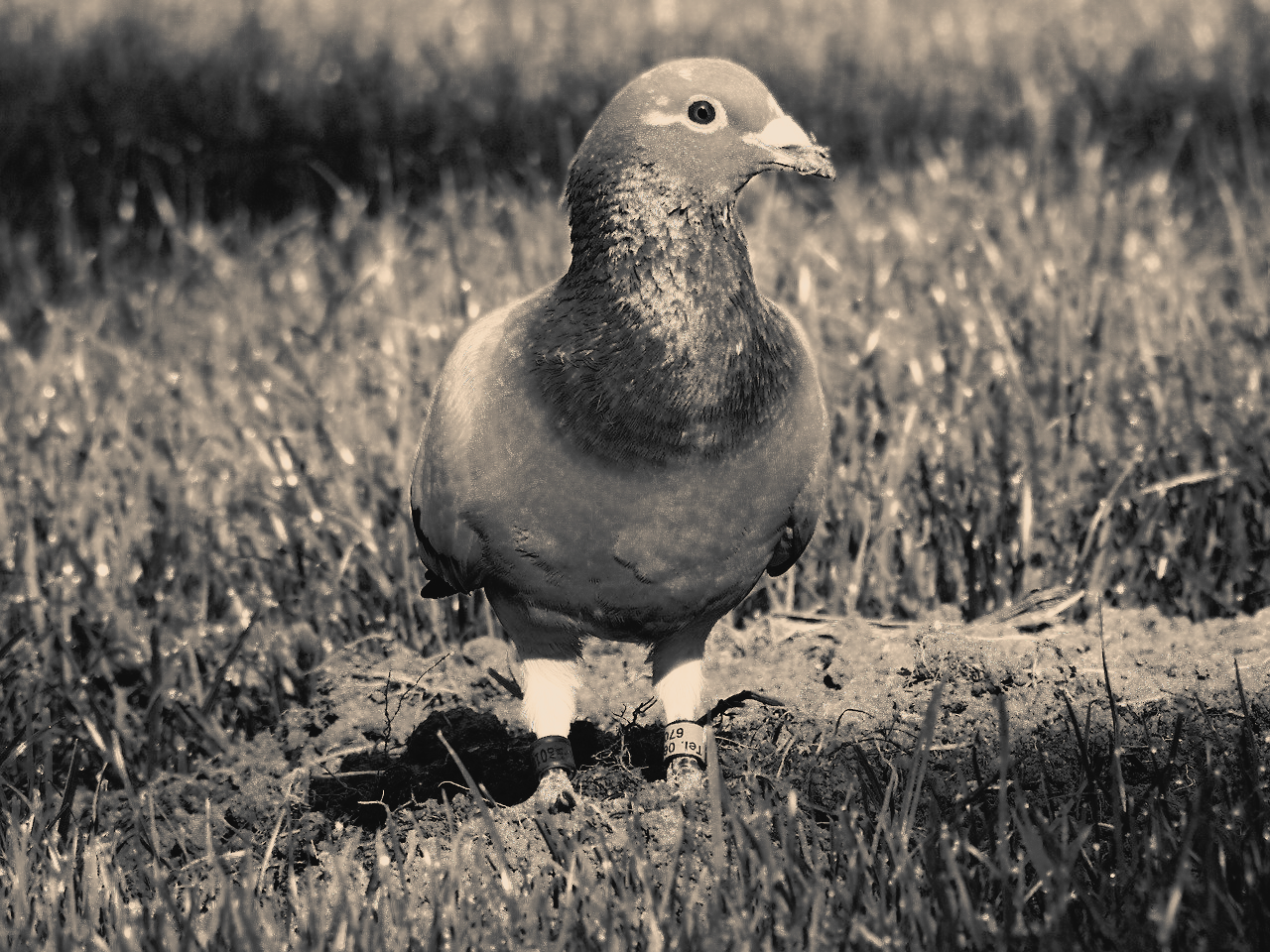
Other animals played their part too...
All sorts of animals served in both the first and the second world war. Elephants, Goats, Camels, and Lama’s all served as pack animals throughout the nations of the world. Animals served in so many ways, be it by being beasts of burden, guardian and protector, messenger and friend. There are many photographs and anecdotal reports of soldiers befriending cats, kittens and puppies, or soldiers making pets from other creatures such as rabbits and even squirrels.
A little known fact...
At the beginning of World War Two 750,000 pet cats and dogs were euthanased in ONE WEEK following the publication of a government pamphlet. The pamphlet had advised people that in the event of an air raid if provision could not be made for the animal to be moved to the country or cared for by a neighbour, then the kindest thing to do was to destroy it. Warnings of food rationing meant many owners feared they would not be able to feed their families, never mind a pet, and people were discouraged from keeping pets as it was considered an indulgence and an unnecessary luxury. Veterinary surgeons, the RSPCA and the PDSA were overwhelmed with animals being dumped or presented for euthanasia.
Many vets, nurses and animal orderlies were left traumatised by their grim task.
Hope for the future
Examples of animals working alongside humans in war appear throughout history. Our use, and sometimes abuse of animals in warfare is controversial, but in the horrors of war there is perhaps still some hope for humanity when man can still find affection for animals.
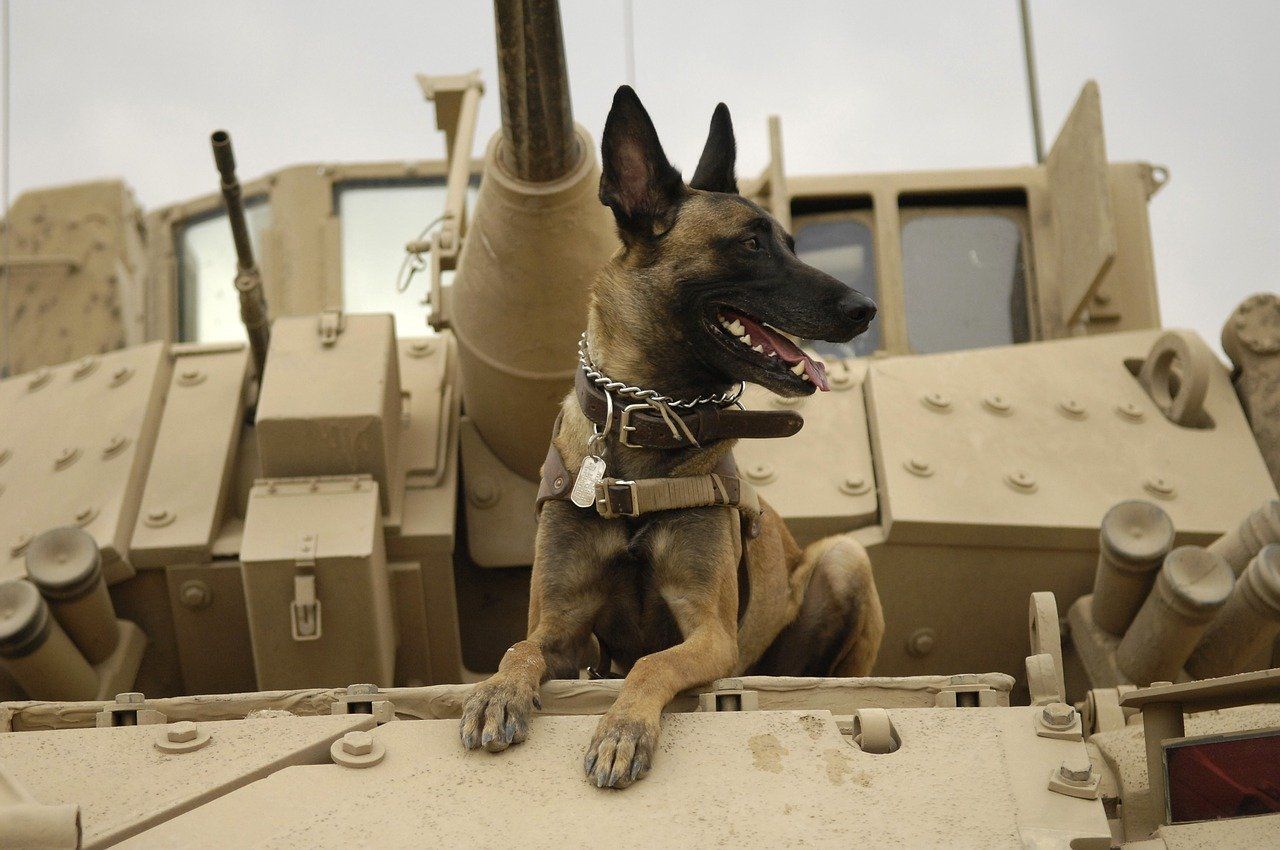
The War Horse’s Prayer.
To serve them all my days
To serve until the end,
Be thou forever near me
My master and my friend.


Bilton Veterinary Centre
259 BIlton Road
Rugby
Warwickshire CV22 7EQ
Tel: 01788 812650
email: enquiries@biltonvets.co.uk
- Monday
- -
- Tuesday
- -
- Wednesday
- - -
- Thursday
- -
- Friday
- -
- Saturday
- -
- Sunday
- Closed
